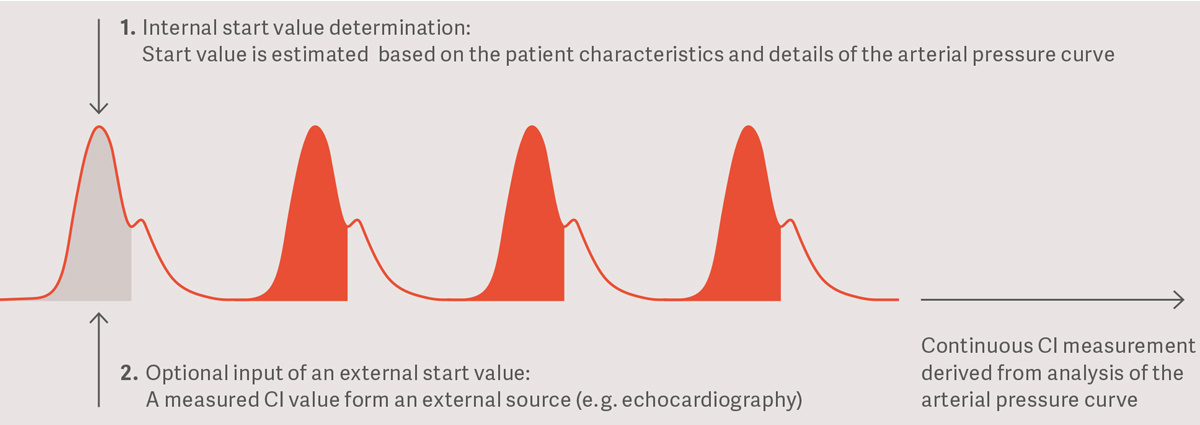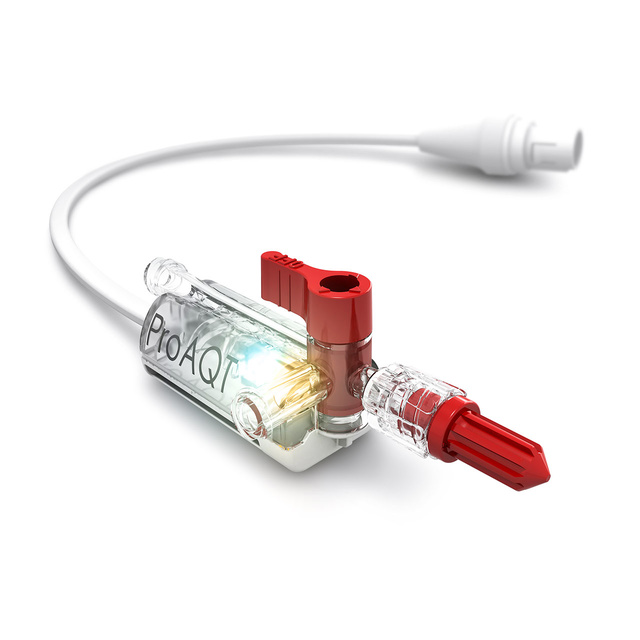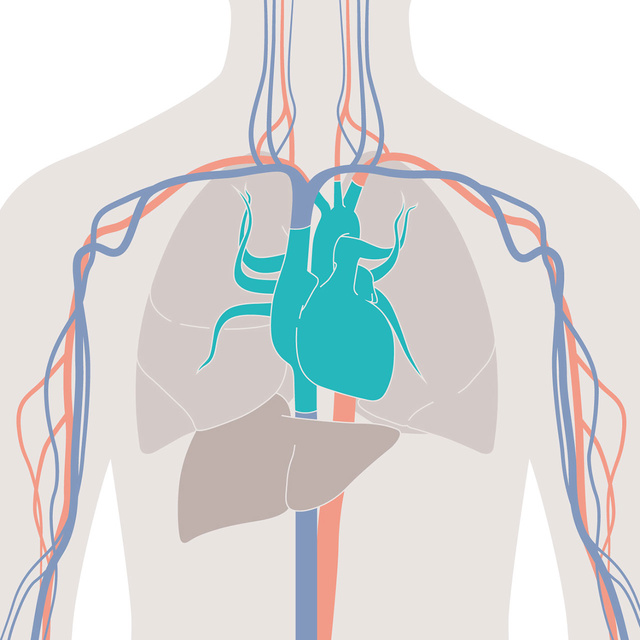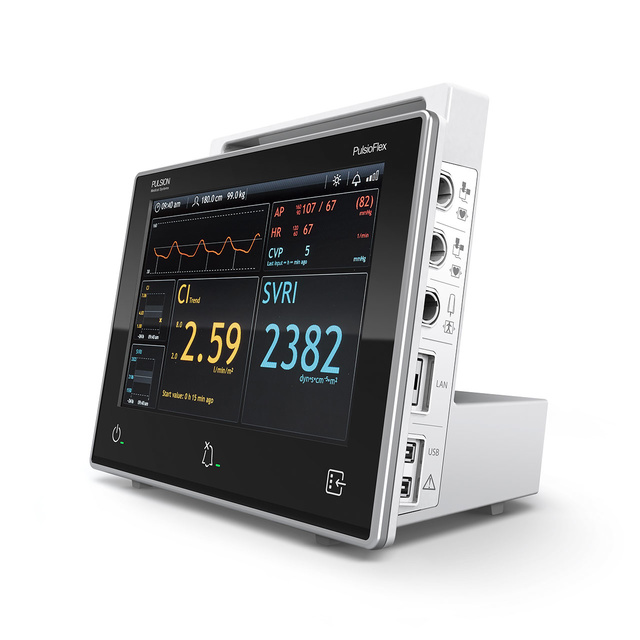Reliable interpretation of the patient‘s hemodynamic status in the OR
ProAQT is one component of the PulsioFlex monitoring concept. Based on over 20 years of research with the PiCCO pulse contour algorithm, ProAQT allows reliable and physiological interpretation of the patient‘s hemodynamic status. The ProAQT technology supports goal directed therapy and allows the review of interventions to assess their success.
Within minutes the monitoring range can be expanded to include variables such as blood flow, volume responsiveness, afterload and contractility. The ProAQT sensor is simply integrated into the existing blood pressure measurement system.
Advantages
- Recognize instability, make the right decision - earlier!
- Easy setup using the existing arterial-line
- Manual calibration with a reference cardiac output possible
- Based on PiCCO pulse contour algorithm
- Integrated signal LED increases safety
Related products
ProAQT Technology is the innovative CO trend monitoring
Delivers real time beat to beat CO trend
Works with a standard arterial catheter to support easy setup
Detects dynamic fluid responsiveness (PPV, SVV)
Clinical studies show reduction in complications[1]
Can be calibrated manually using data from ultrasound or PAC
Useful application in
- Perioperative hemodynamic optimization of high risk patients or high risk procedures
- Assessment of therapy effect
- Early recognition of unstable patients
How does ProAQT Cardiac-Index Monitoring work?

The patient characteristics used within the ProAQT calibration algorithm operate on some assumptions about patient demographics and change in vascular tone of the patient.
This may lead to some discrepancies in the calculated values.
Visit our Academy – training and education designed to enhance your proficiency
For more information about our onsite events or remote trainings, you can also contact your local sales & service representative.


